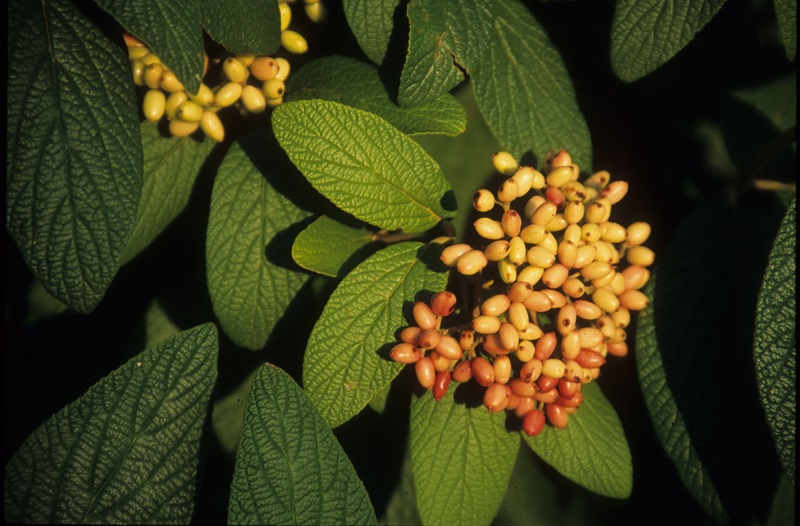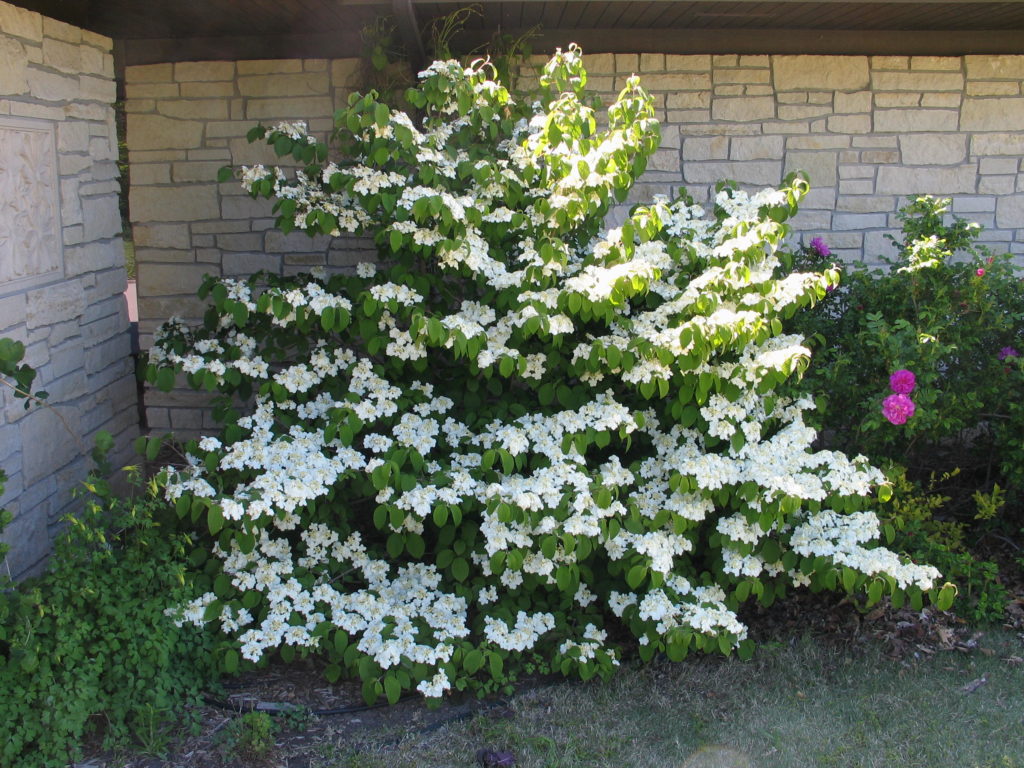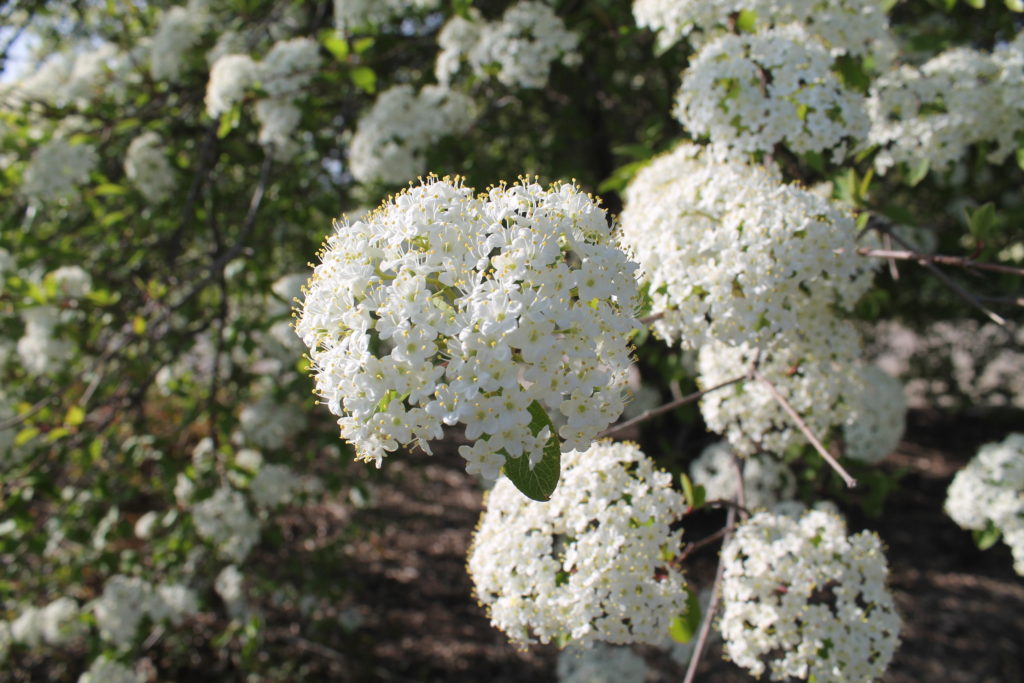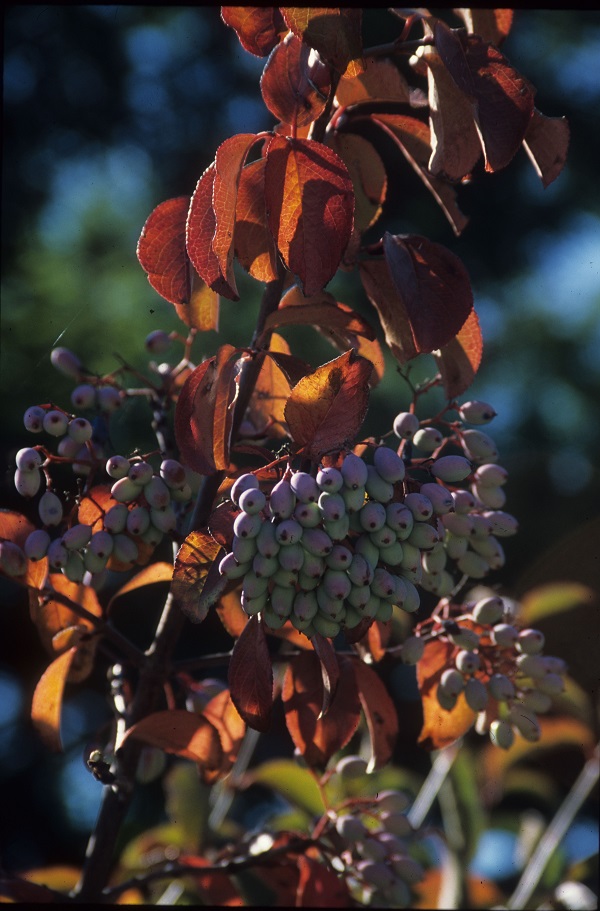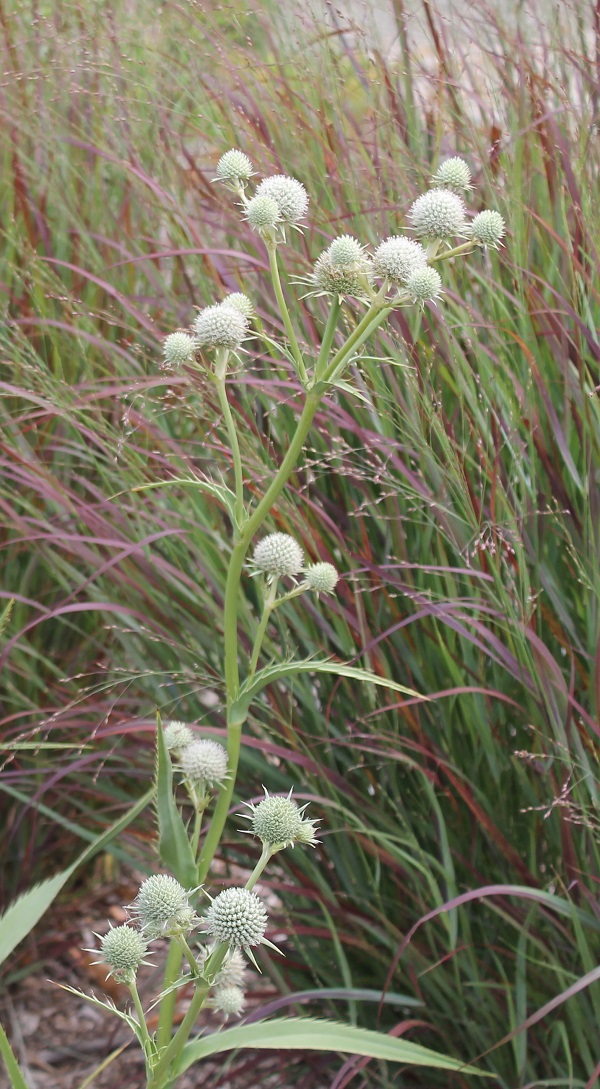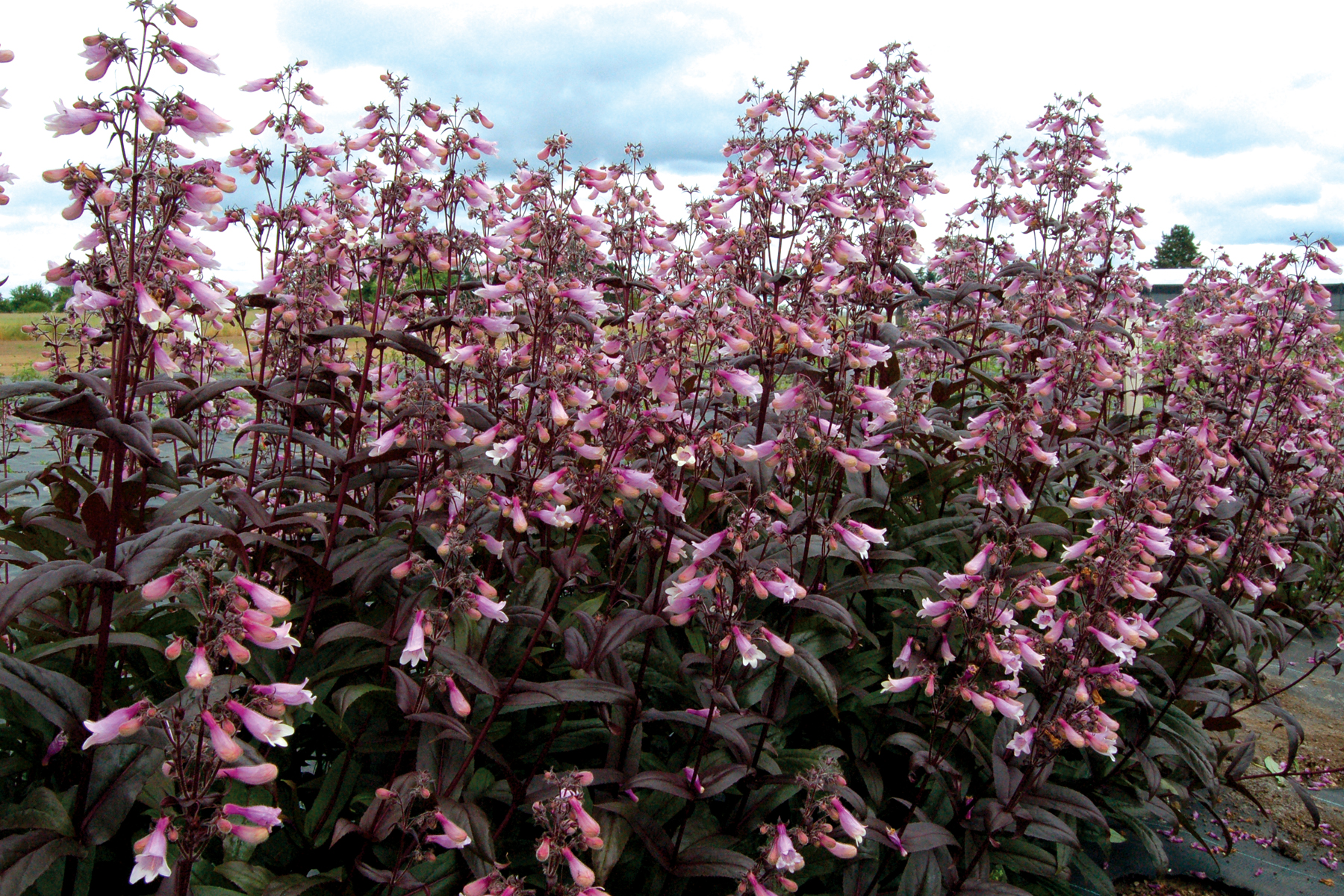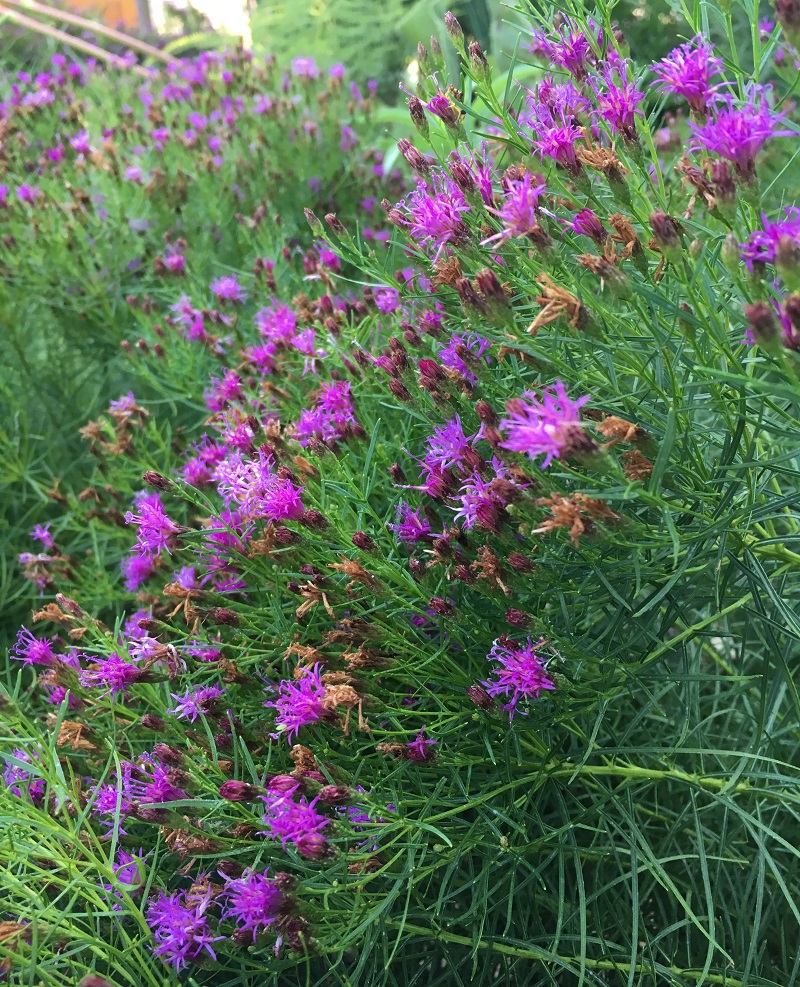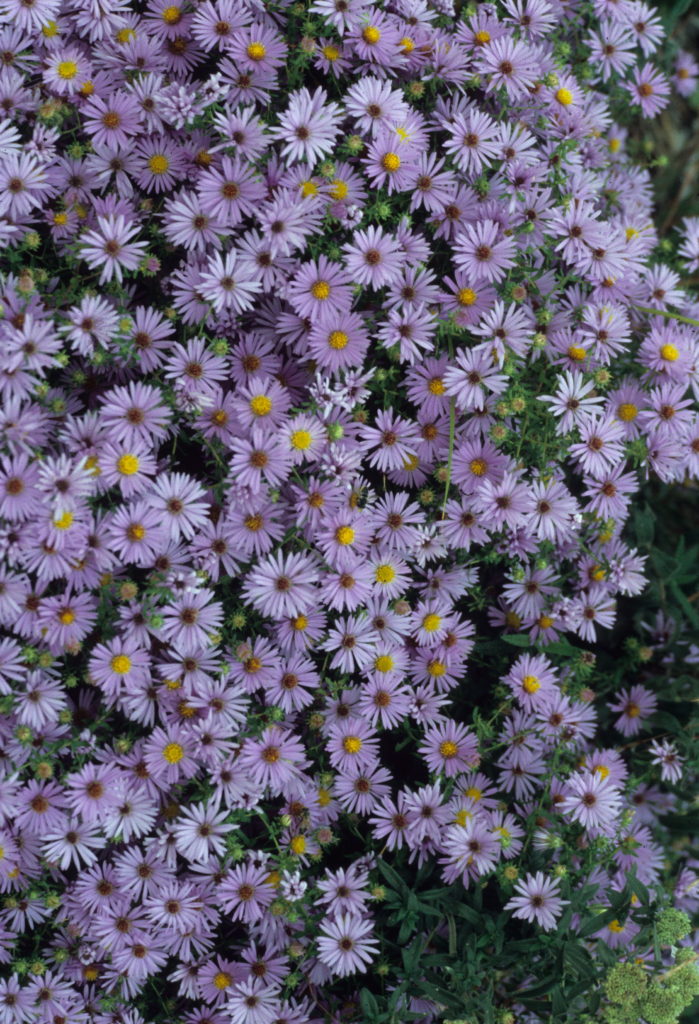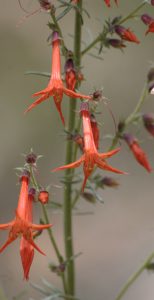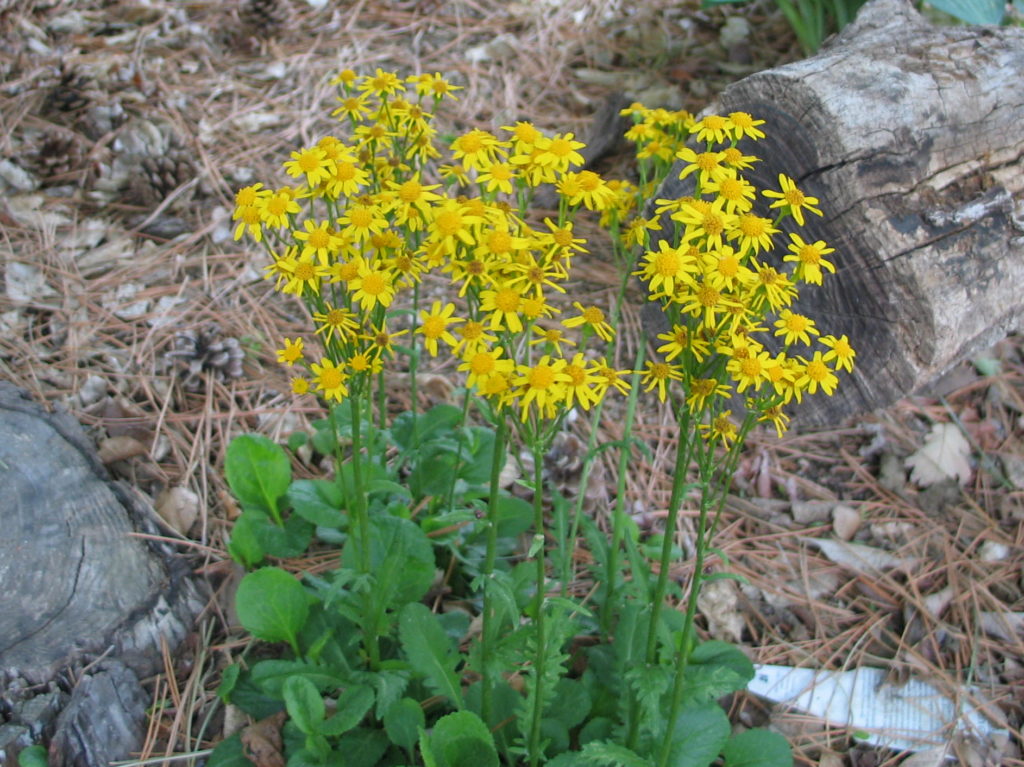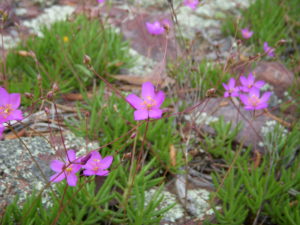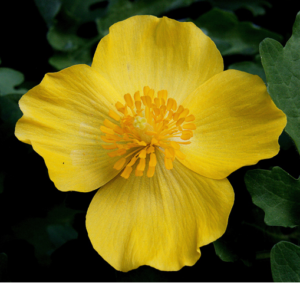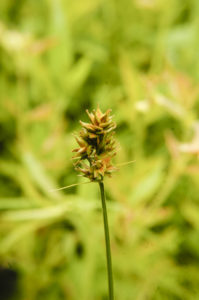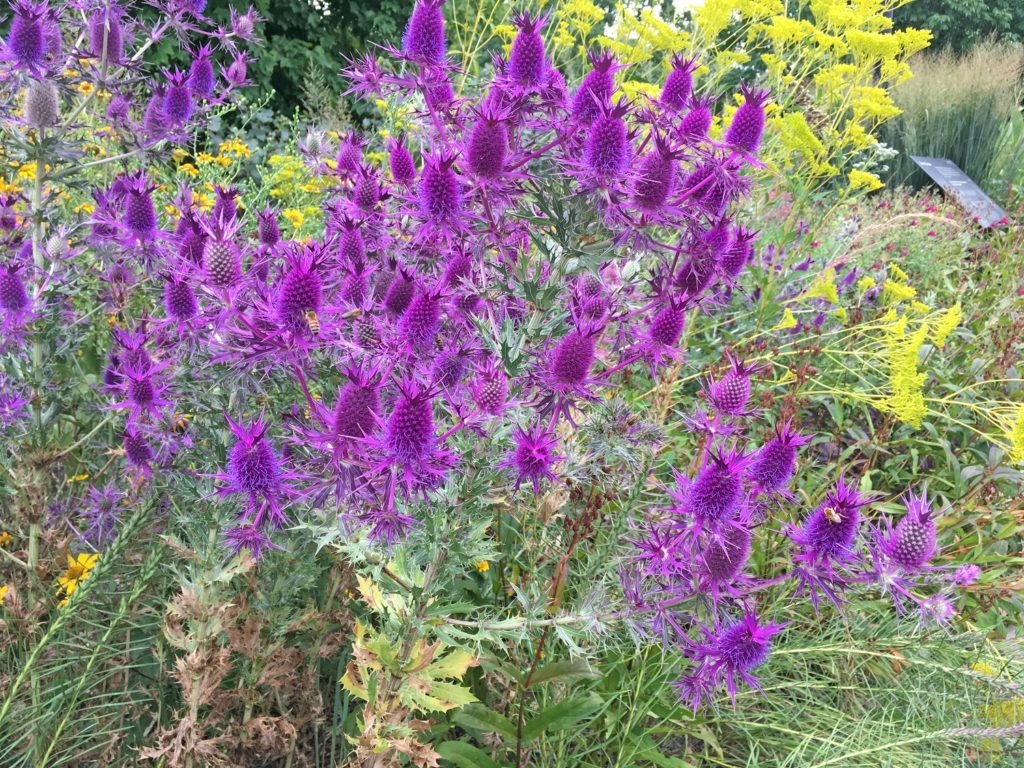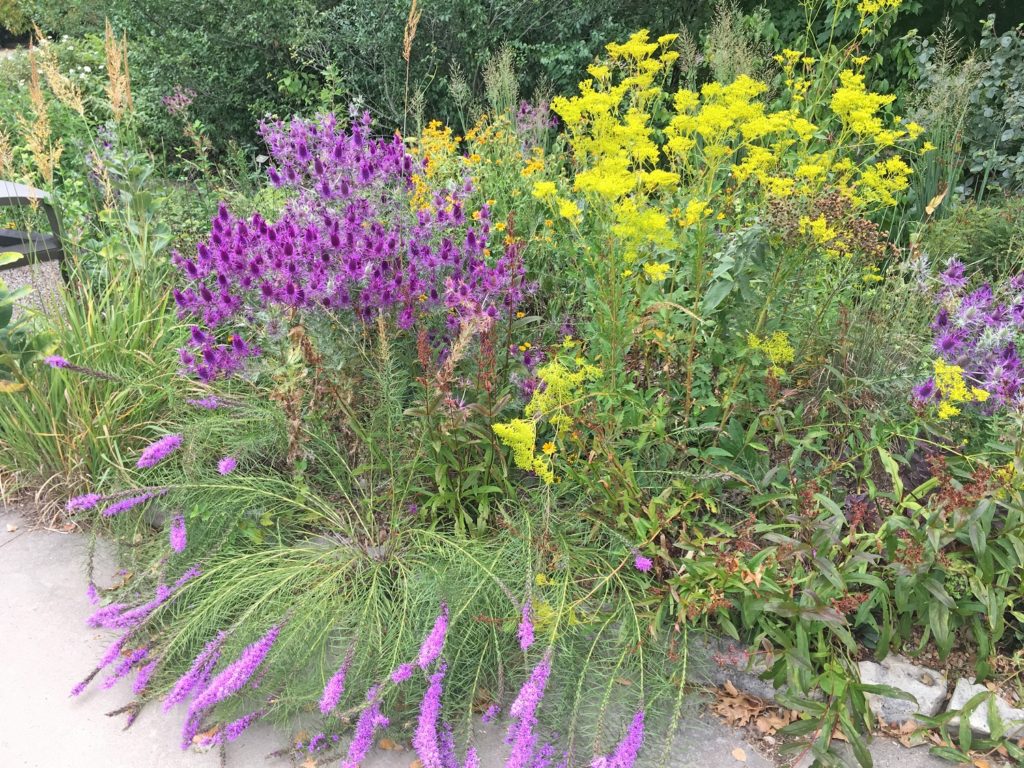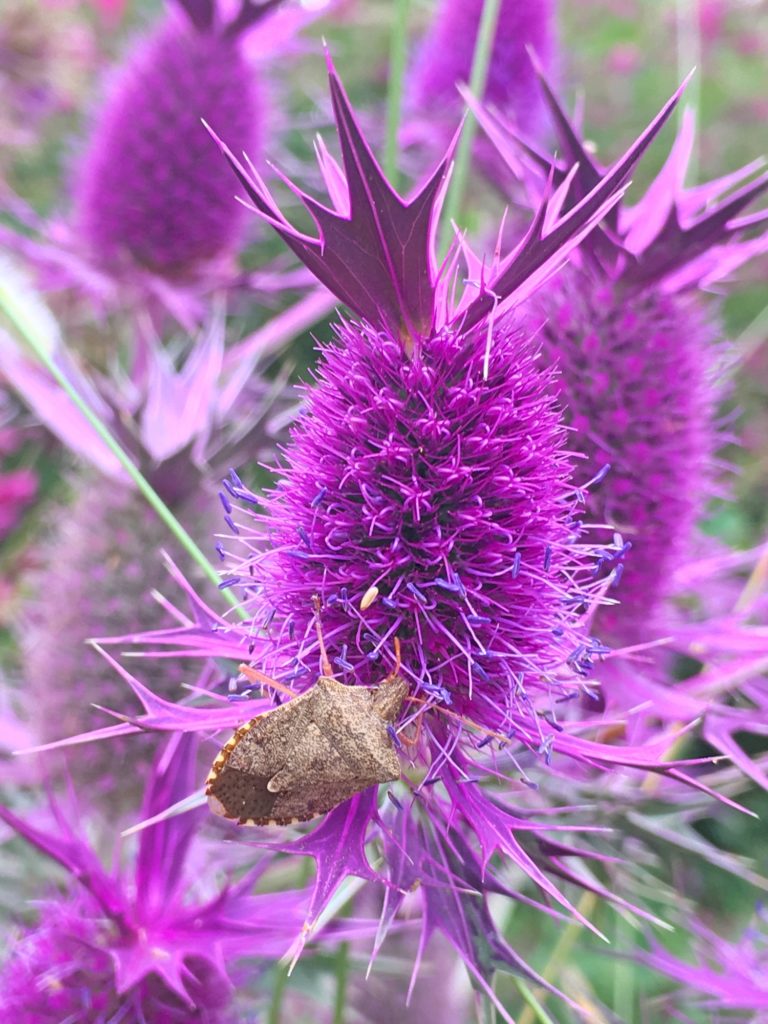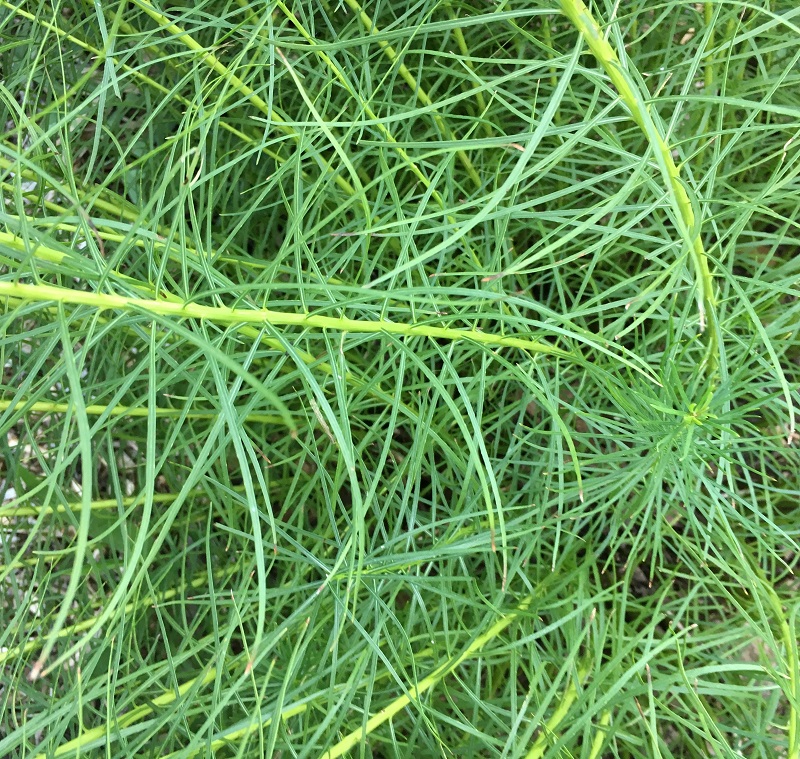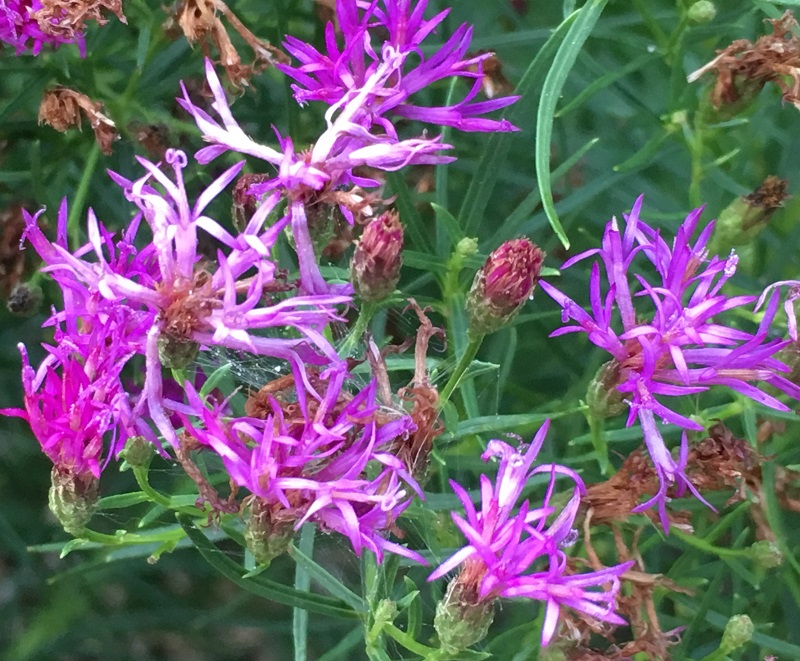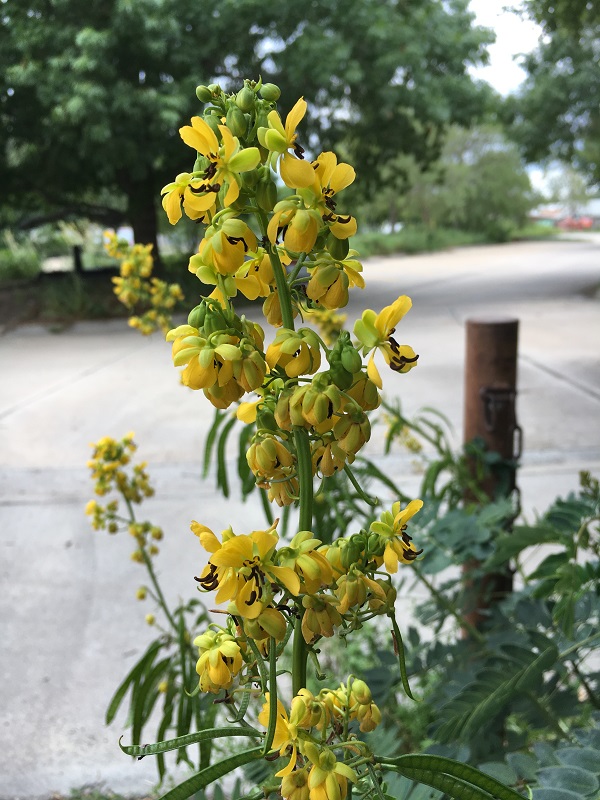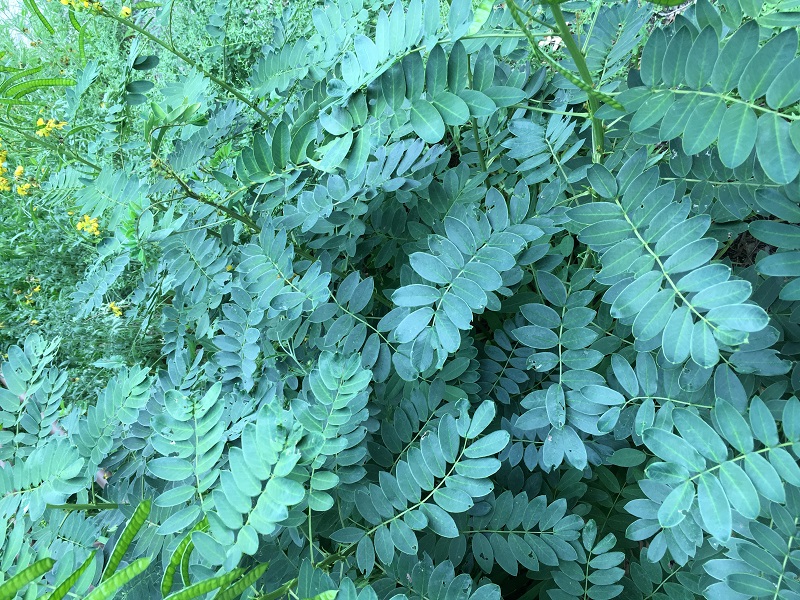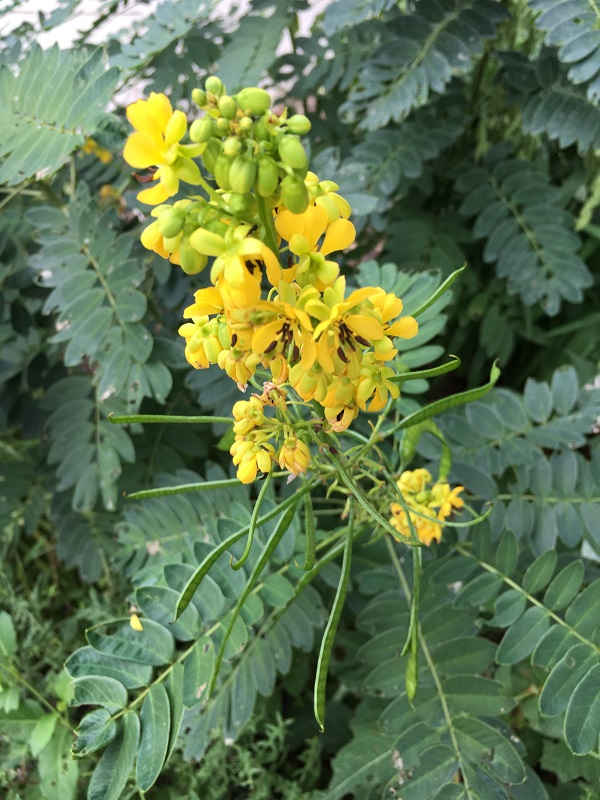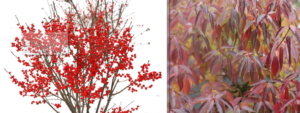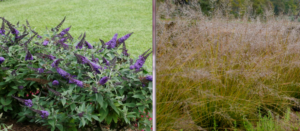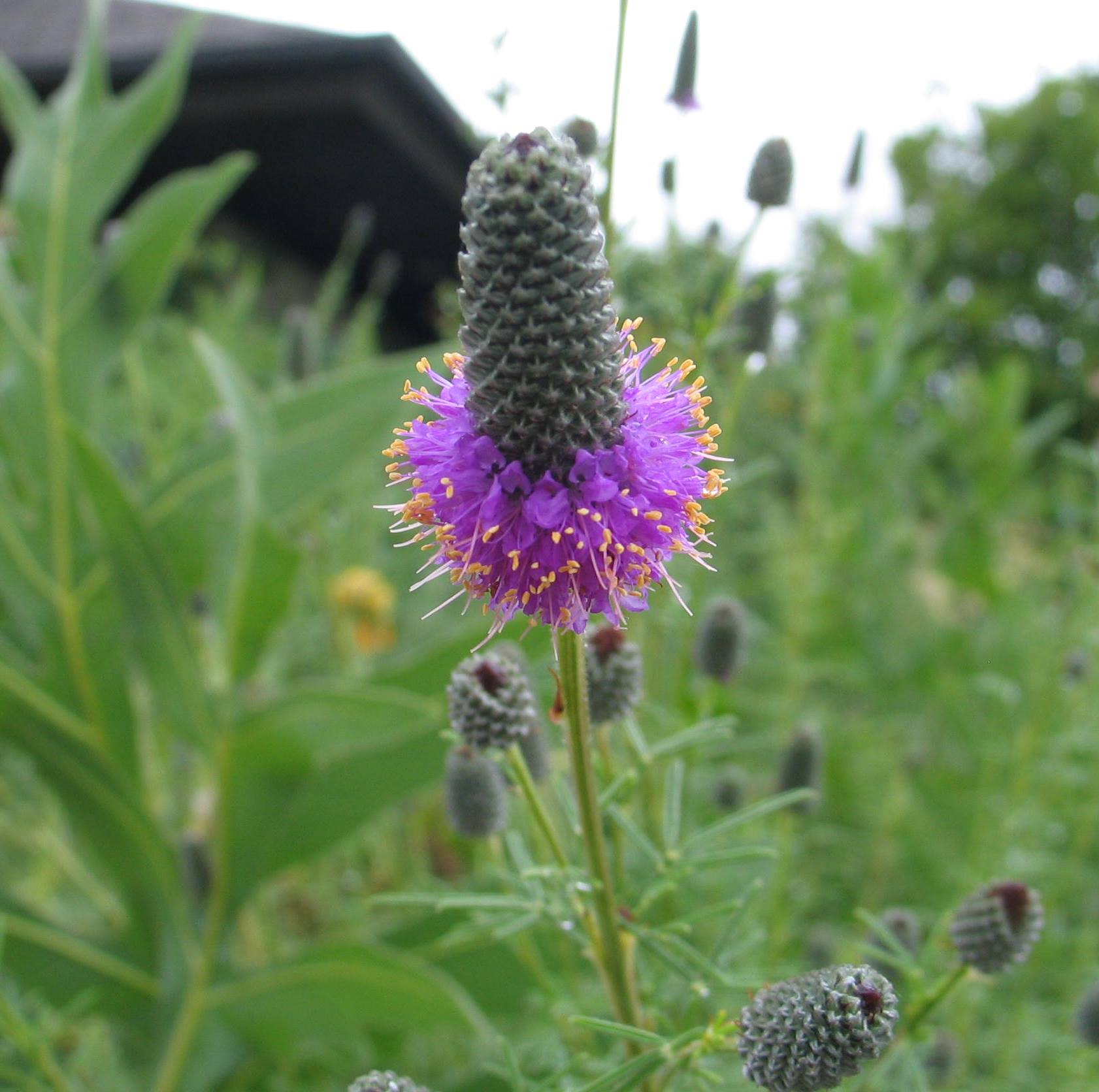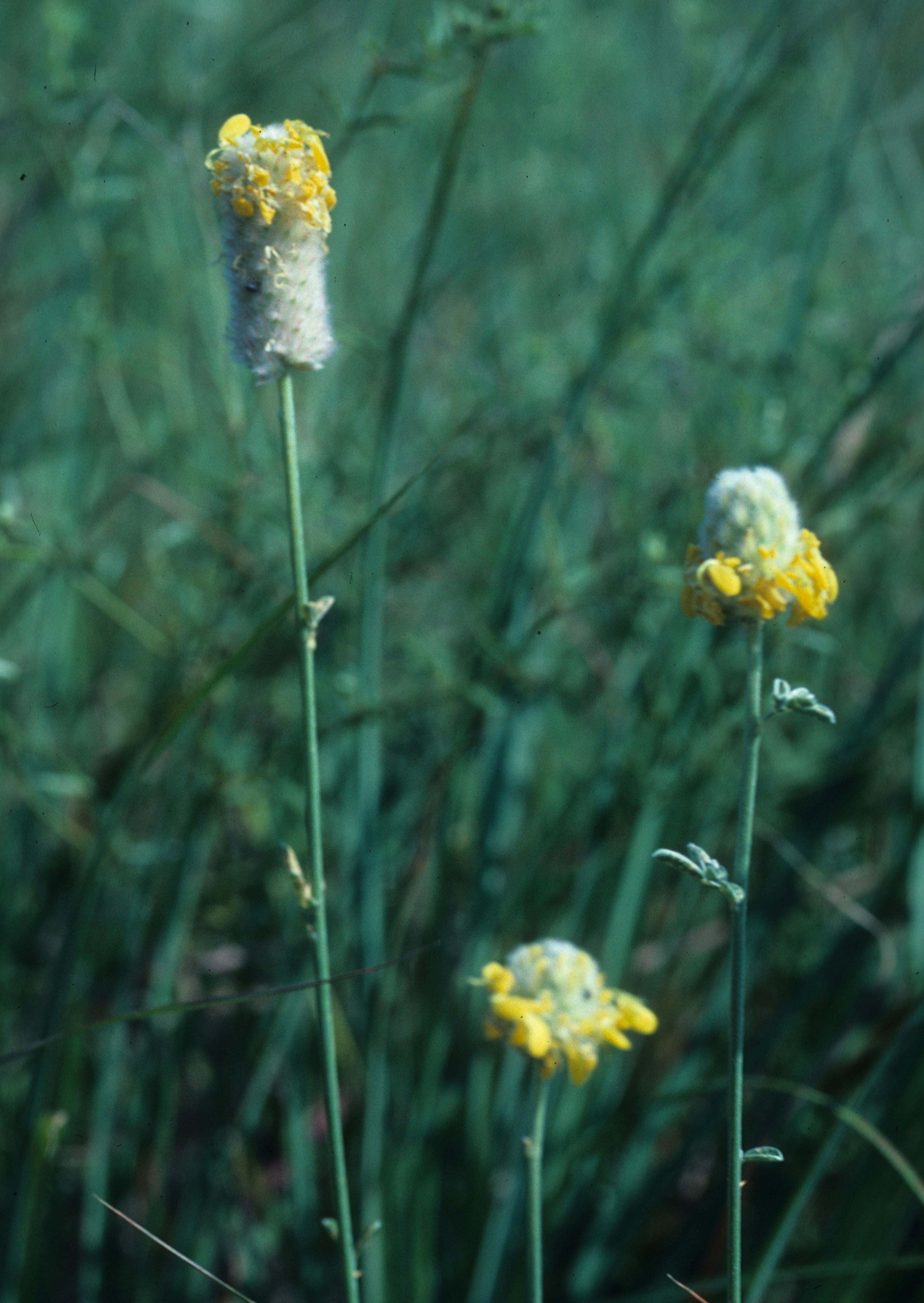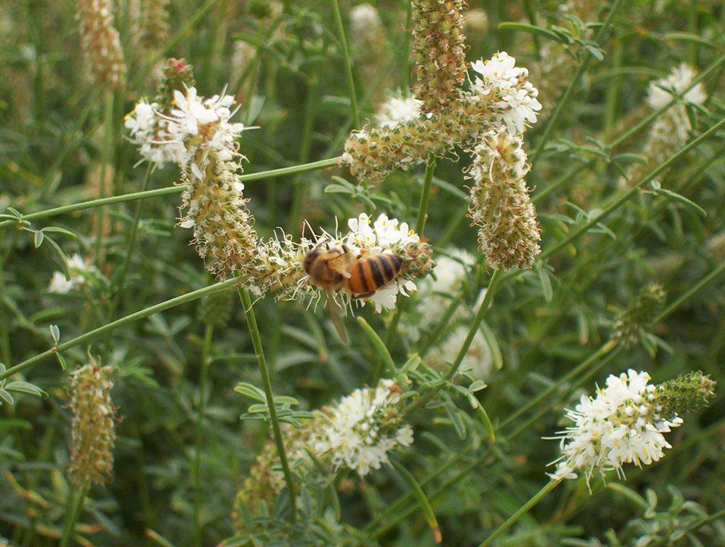This past Monday, at the swearing in of the new Kansas governor, some native plants from Dyck Arboretum got their time in the limelight. Cuttings from our grounds of evergreens, red twig dogwood, big bluestem and more were featured in the inaugural stage decorations out front of the state house. These natives are perfect for floral arrangements, and are also great performers in the landscape.
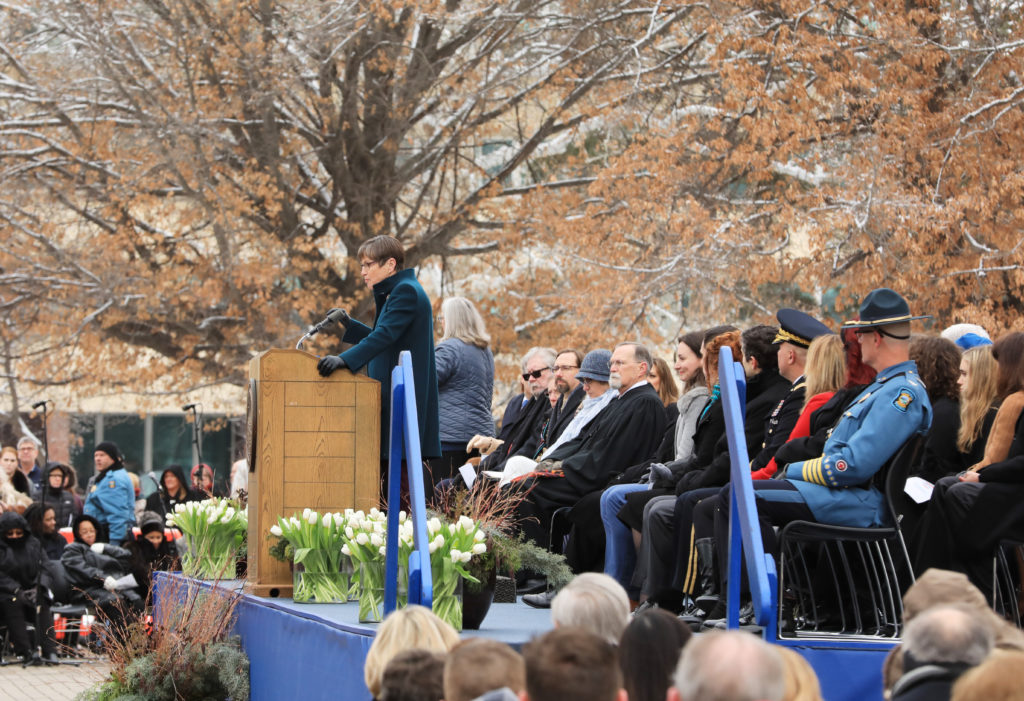
Originally, the volunteers helping to plan the inauguration festivities were looking for potted evergreens, tiny pines and spruces, lined up neat and tidy. When they contacted the Arboretum for those plants, I disappointed them — we don’t have a huge stock of evergreens outside of our sale times. But I asked, “Why not something native? Why not something that reflects the beauty of Kansas in January?” Needless to say, they were right on board.
Kirsten of Blue Morning Glory Studio was the perfect florist to take on this challenge. She regularly designs with native, home-grown and wild sourced elements. She graciously invited me to partner in the process. I have done some small floristry projects in the past, a few weddings or special events, but nothing quite so grand as this! I was immediately energized by the opportunity to work with native material from the Arboretum grounds I know so well.
The Plan: Dyck Arboretum would provide native plant materials, Kirsten will provide vision, expertise, schematics, LOTS of white tulips, and I will deliver the plant material and assist with the build at the Capitol.
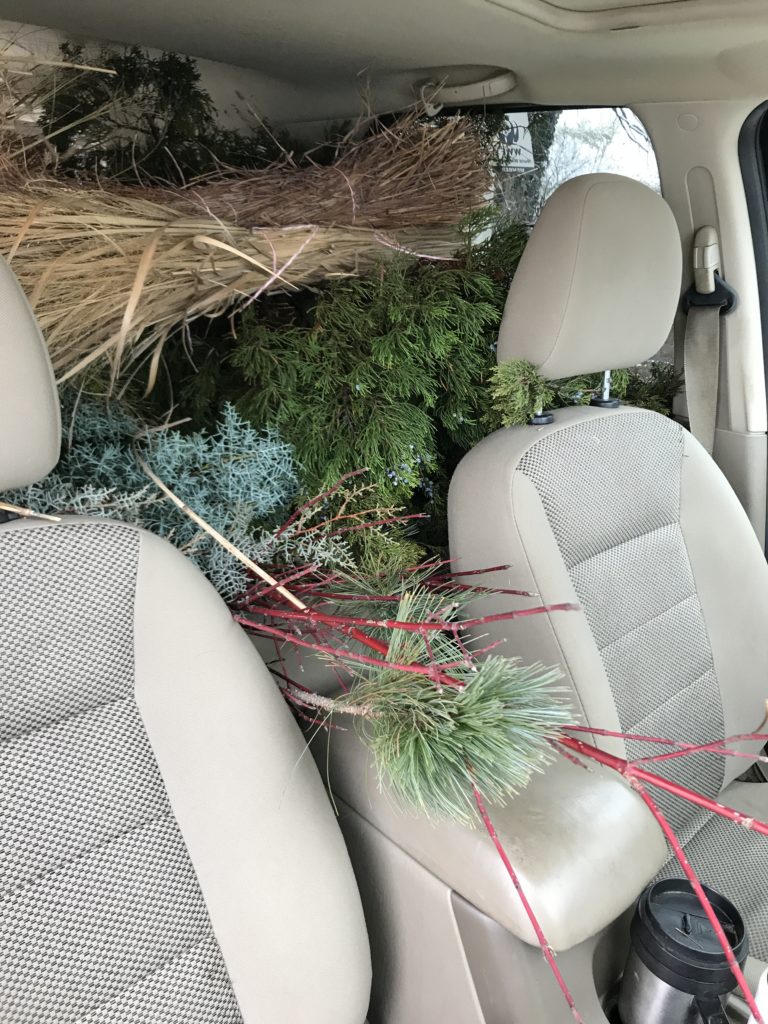
My car was completely packed with plant material. So full and fragrant with evergreens, in fact, we had to drive to Topeka with the windows down.
Blue Arizona cypress made up a huge part of the display, really tying into the blue of the inauguration stage and harkening to the blue dominating the Kansas state flag. The cuttings smell fresh and citrusy, making them fun to work with. Arizona cypress (Hesperocyparis arizonica) grows well here in Kansas, making a nice privacy hedge or evergreen shelter for birds. Native to the southwestern United States and northern Mexico, it can handle drought and extreme conditions.
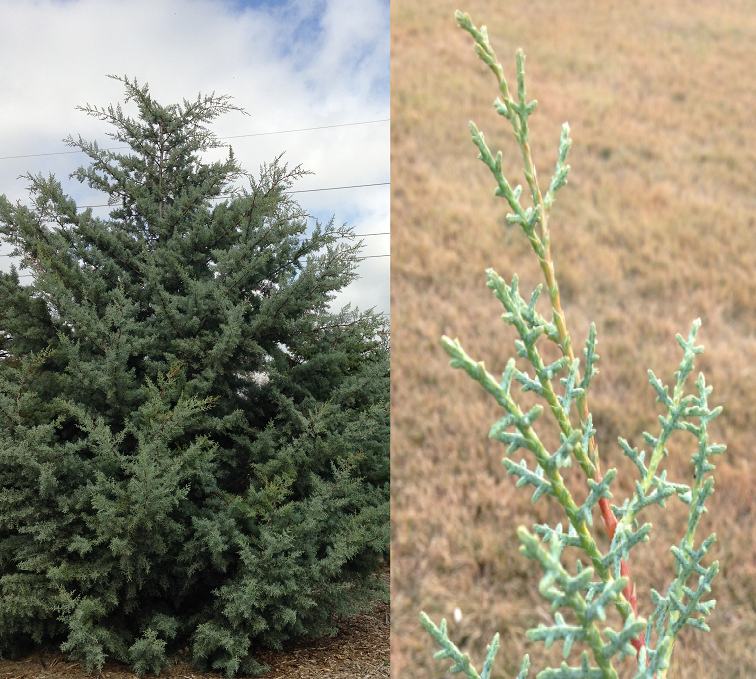
We used eastern red cedar, with its comparably greener hue, to balance the colors and make it look lush and “friendly”, as one of the state house volunteers described it. Our ‘Canaertii’ cedars in The Mother’s Garden are good at resisting the brown/yellow cast that cedars tend to take on over the winter. Deep green and well-berried, with an open branching habit, these cedars are much more attractive yard trees than regular cedars,
and come in handy at Christmas time for making wreaths and swags.
Florists always use some optical magic to make a focal point appear within an arrangement. This time we opted for the deep browns and blacks of rudbeckia triloba seed heads. This native is a mainstay on our grounds and in many landscape designs. Hardy, long lived and brilliantly yellow, it blooms early to mid summer and stays standing tall into winter. Harvest for your own dried arrangements or leave it outside for birds to nibble on.

As with any floral design, we needed some accent plants — just a little something to excite the eye. A few sprigs of red twig dogwood, a graceful arc of alder branch (complete with catkins!) were perfect additions. The alder trees on our grounds are not native and are in pretty rough shape from the harsh Kansas living, but they still produce adorable little cones that make excellent design elements or craft material.

I am so happy to have been a part of this unique design process with Blue Morning Glory Studio, and to create displays that honor Kansas’ prairie heritage. If you are interested in creating your own floral displays with natives, the first step is to integrate them into your landscape and live with them through the seasons. Attend one of our upcoming Native Plant School classes, our FloraKansas Native Plant Festival, or stroll the sidewalks at Dyck Arboretum to be inspired by the native flora and re-energize your relationship with the land.


